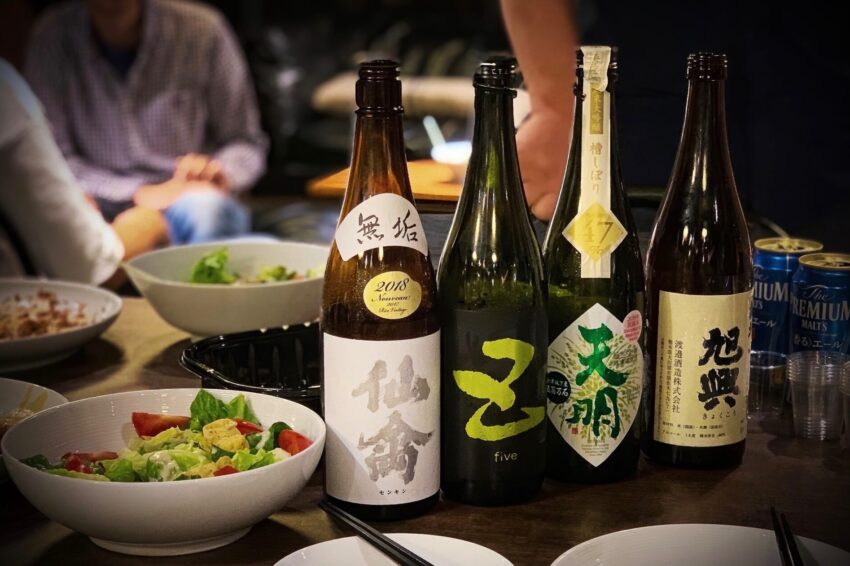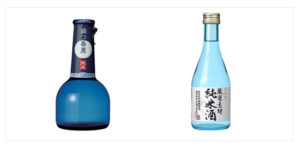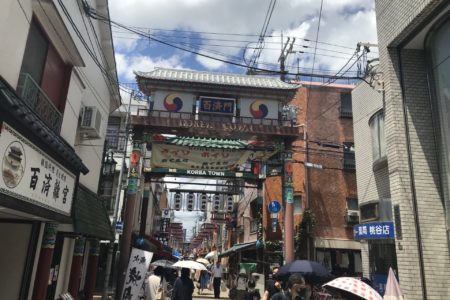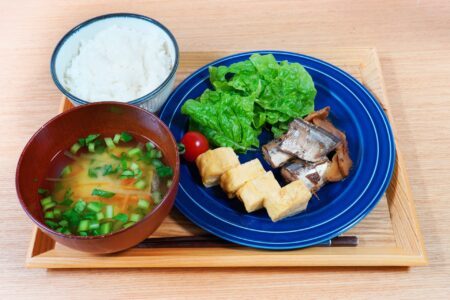5 Things You Should Know About Sake

CONTENTS
Top Photo: Xtra, Inc. on Unsplash
The world of sake can be daunting. When you first arrive in Japan you may be overwhelmed with sake choices. Each beautifully designed bottle has a different story to tell. But how do you decide which is best for you?
Read our top tips to start your sake journey on the right track.
What is sake?
First, it is important to understand the word ‘sake’ (酒) actually means any type of alcoholic beverage in Japan. Outside of Japan, we use the word ‘sake’ to mean ‘nihonshu’ (日本酒). Nihonshu is a type of fermented wine made from rice.
What are the different types of sake?
Premium sake is classified by three criteria:
Rice-polishing level – Rice polished down to 70% is ‘Junmai’, down to 60% is ‘Tokubetsu Junmai’, 50% is ‘Ginjo’ and less than 50% is ‘Dai Ginjo’. The more the rice is polished, the more refined the flavour (and higher the price!).
Extra ingredients – Some sake include a little additional alcohol to speed up the brewing process. This is called ‘Honjozo’ sake.
Brewing style – Changes to the brewing process can have a big impact on the style of sake. For example, sake bottled before fermentation forms bubbly sake, or ‘sparkling sake’. ‘Namazake’ is fresh, raw sake that hasn’t been pasteurized.
Top sake brands
Ok, now you know what sake (or nihonshu) is. Where do you start sampling Japan’s national drink? Here some of the most famous sake brands you will find in Japan:

Image courtesy of Kanpai Drinks
Gekkeikan
Gekkeikan was first established way back in 1637, making it one the world’s oldest companies. It has grown internationally, and now owns 25% of the sake market in America.
Gekkeikan specialise in delicious ‘cup sakes’. These are conveniently small bottles of sake, perfect for an after-work treat!
Dassai
Dassai sake is made in the Asahi Shuzō brewery in Yamaguchi. It is a renowned brand in Japan, famous for its premium taste and style. It is often featured in J-dramas and anime. Notably, Evangelion’s Mitsato Katsuragi is a big fan.
Dassai have split sake critics due to their departure from ‘traditional’ sake brewery methods. Instead, they have introduced innovative production technology to enable year-round sake brewing. Although this may feel less ‘authentic’, it has allowed them to expand their business and meet growing international demand.
Hakkaisan
Hakkaisan brewery is located in the Niigata prefecture. The brand has grown in popularity due to the freshness of the flavour. Hakkaisan sources the purest mineral water from mount Hakkaisan itself. This delicious sake is now the second most popular sake in Japan today.
Can you pair sake with food?
Yes, yes you can! Because the taste of sake is a little unusual to the western palate, it may seem difficult to find the right food pairing.
However, most sakes can pair easily with delicate Japanese dishes such as sushi and sashimi. Also, many light sakes pair perfectly with seafood pasta dishes. If you are feeling more adventurous, try pairing a dry ginjo sake with pizza. You won’t be disappointed.
We hope this article helps you understand a little more about Japanese sake. If you would like to learn more, please check out our other Japanese food articles on MUSUBI from Borderlink.

Photo Credit: Zaji Kanamajina on Unsplash
Photo Credits:
Top Photo: Xtra, Inc. on Unsplash
Bottom Photo: Zaji Kanamajina on Unsplash
All other content (text) created by the original author and © 2021 MUSUBI by Borderlink
RELATED
-

Korea Town: Another Side of Osaka
Top photo: Antonio Diaz, used with permission Sitting in the eastern part of Osaka city accessible from Momoda… -

Ramen Jiro: Noodles of the Gods
Top Image: にゃん春さん on PhotoAC Are you a fan of food? Who isn’t, right? Let me put it another way: Do you enjoy … -

My Ten Yen on Healthy Eating in Japan
Top photo: ojisan200 on PhotoAC Eating healthy in Japan can make you feel good and bring you joy. Japanese foo…
PEOPLE

Beth Lawson
From the UK
Has been experiencing Japan for over a year!



